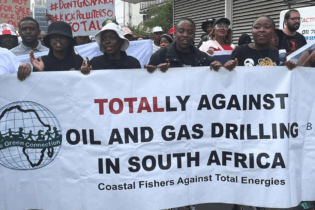A collaborative effort by key aviation stakeholders has culminated in the release of the ‘Aviation Net Zero CO2 Transition Pathways Comparative Review.’ This comprehensive review, a joint initiative involving the International Air Transport Association (IATA), the Air Transportation Systems Laboratory of University College London, the Air Transport Action Group, the International Council on Clean Transportation, and the Mission Possible Partnership, scrutinizes the 14 main roadmaps devised for aviation’s transition to net-zero carbon emissions by 2050.
The review meticulously examines the various transition roadmaps, delving into their scope, underlying assumptions, energy demand modeling, CO2 emissions projections, and the potential of different mitigation strategies such as innovative aircraft technologies, operational enhancements, sustainable aviation fuels (SAF), and zero-carbon alternatives. This pioneering publication marks the first attempt to compare these 14 roadmaps comprehensively. Its primary objective is to furnish airlines, policymakers, and other aviation stakeholders with an accessible and thorough resource, offering insights into the nuanced similarities and disparities between these roadmaps, and facilitating informed discussions on the trajectory towards achieving net-zero emissions in aviation by 2050. Marie Owens Thomsen, Senior Vice President of Sustainability and Chief Economist at IATA, emphasizes, “The ‘Aviation Net Zero CO2 Transition Pathways Comparative Review’ underscores the existence of multiple levers that can be strategically employed to decarbonize aviation by 2050. These levers, though varying in impact across different roadmaps, collectively constitute essential components of aviation’s transition. Notably, sustainable aviation fuels emerge as a pivotal factor, with all roadmaps anticipating significant decarbonization by 2050, largely attributed to SAF.”The review reveals a wide spectrum of projections regarding the contribution of SAF to decarbonization, ranging from 24% to 70%, with a median estimate of 53%. Such disparity stems from uncertainties surrounding government support, investment dynamics, production costs, potential profitability, and the availability of suitable feedstocks.








